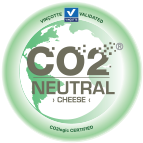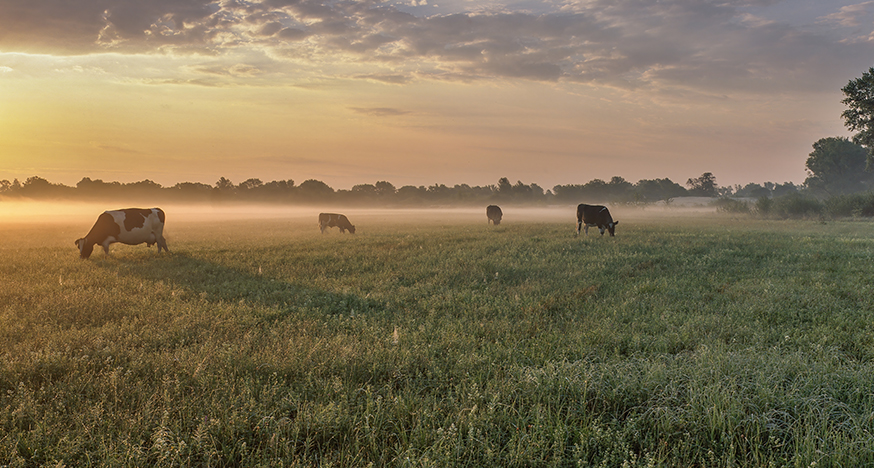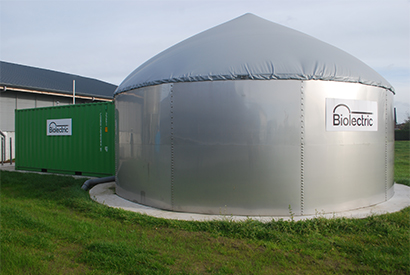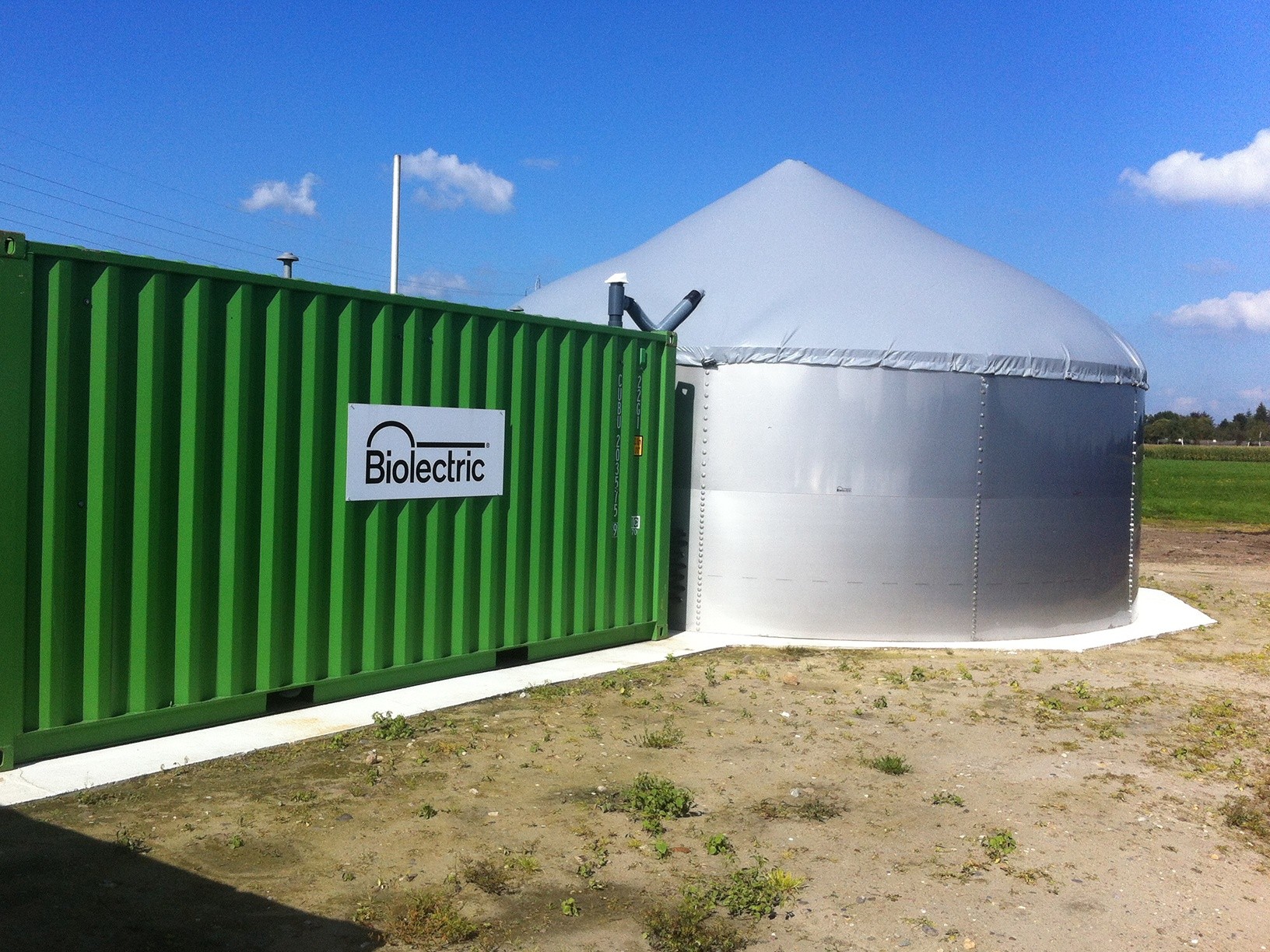Full taste,
CO2 free.
We know exactly what it takes to ensure a high-quality preparation process. After all, that is where our cheeses get their rich taste. But ‘high-quality’ also implies that we make our cheeses in a sustainable and environmentally conscious manner. From cow to cheese. Entirely in line with the philosophy of our parent company Milcobel, Brugge Cheese is fully committed to respecting nature, people and animals and... reducing CO₂ emissions.


Moreover, Brugge Cheese can call itself a CO2 neutral cheese.
And like the taste of our cheeses, this is something we are rather proud of. In other words, ‘more taste’ also means ‘more sustainable taste’.
Great. But what is CO2 neutral cheese exactly?

It’s simple, really: we have reduced the CO₂ emissions of our cheese production to zero.
Manufacturing animal feed, milking cows, transporting raw materials, turning milk into cheese and packaging it... every step in the process entails the emission of CO₂ and other greenhouse gases.
We reduce the emission of CO₂ and other greenhouse gases in the cheese production chain and compensate our remaining emissions by contributing to climate projects.
The three essential steps:
INSIGHT
Everything starts with insight.
For instance, insight into the quantity of greenhouse gases emitted. We do more than determine the emission levels of our cheese making activities. We also factor in the direct methane emission from cows, the activities at and around the dairy farm, milk transport and end product packaging. In this process it is key to include all greenhouse gases and convert them into their CO₂ equivalents. For example, one ton of methane has the same heating capacity as 30 tons of CO₂ equivalents so this is how it is added to the equation. The sum of all emissions gives us the so-called carbon footprint of the cheese. And that’s what it’s all about.

REDUCTION
Brugge Cheese is committed to the environment.
– past, present and future. And yes, there is always room for improvement. That is why we want to continue to decrease our carbon footprint, by as much as-35% by 2035.
Every single day our farmers and employees put their best foot forward to achieve this goal. How do we do this? By adopting as many circular work methods as possible and reducing the wastage of raw materials, energy and water. Less is more.
In addition, we also implement efficient farming practices such as well-balanced rations for our cows. The reuse of residual heat and water and the generation of green power at our farms also make a valuable contribution.

Over the past two decades, Flemish dairy farms have cut their carbon footprint by as much as 30%. Our dairy farmers also advocate sustainability principles. A sustainability monitor is used to follow up their efforts and reward them with a sustainability premium.
COMPENSATION
A 35% reduction is still a long way from 100% and that is why we want to compensate our remaining CO₂ emissions. We do this by supporting a certified climate and wind power project in conjunction with CO2logic. Renewable energy projects are supported through green certificates in developing countries and growth economies through CO₂ rights (CO₂ compensation).
CO₂ emissions do not respect boundaries so neither do avoided CO₂ emissions.

Our dairy farmers take an active part.
Milcobel’s dairy farmers are actively involved in numerous sustainability initiatives. An excellent reason to reward them with a sustainability premium. Milcobel believes that sustainability should be fostered and rewarded. We motivate our members to improve their performance every year, based on their own strengths and individual character. This makes it possible for each of them to become more sustainable in their own way.
In recent years a variety of measures have significantly curbed the emission of CO₂, methane and nitrous oxide. And we will continue these efforts in the future by further optimising animal feed rations, tapping into more secondary streams from the food industry, placing even more focus on animal health and a healthy soil, the use of more green energy...
Here are some concrete achievements of our dairy farmers:
90% of our members carry out ration calculations in order to optimise animal rations in terms of portion size and taste. Pit analyses are used to determine the exact nutritional content of the feed.
Almost half implement the principle of full or partial conservation tillage. Less ploughing of arable land improves the organic matter content of the soil. The more CO₂ the soil draws down, the less is present in the air.
70% of our dairy farmers have permanent grasslands (older than 5 years). Interesting tidbit: permanent grasslands capture as much CO₂ as forest land!
50% of our dairy farms have solar panels, a windmill or an anaerobic digester and therefore produce their own renewable energy.
90% focus on longevity. This means the animals are active on the farm longer than average.
In addition we also put great stock in research. Together with our partner ILVO we support research projects to arrive at new insights. Projects such as Klimrek and Happyclimi are aimed at helping us take even more targeted and efficient measures in the future.
We are proud that thanks in part to these initiatives our packagings carry the CO2 neutral label. For this we work with an external party: CO2Logic.
Find out more about this partner
